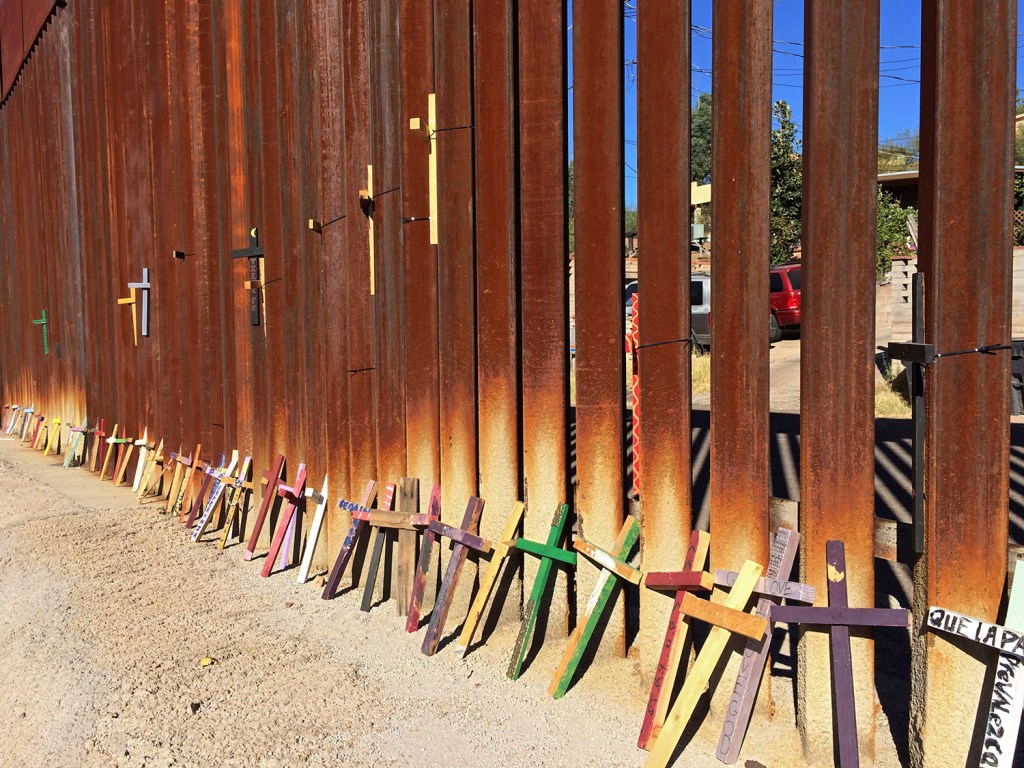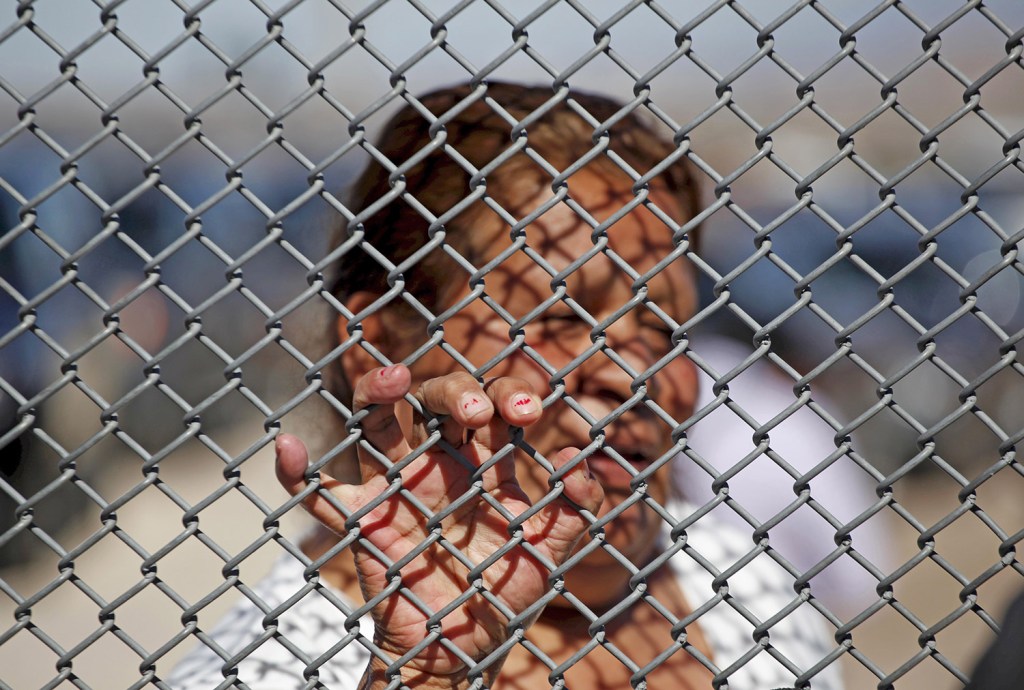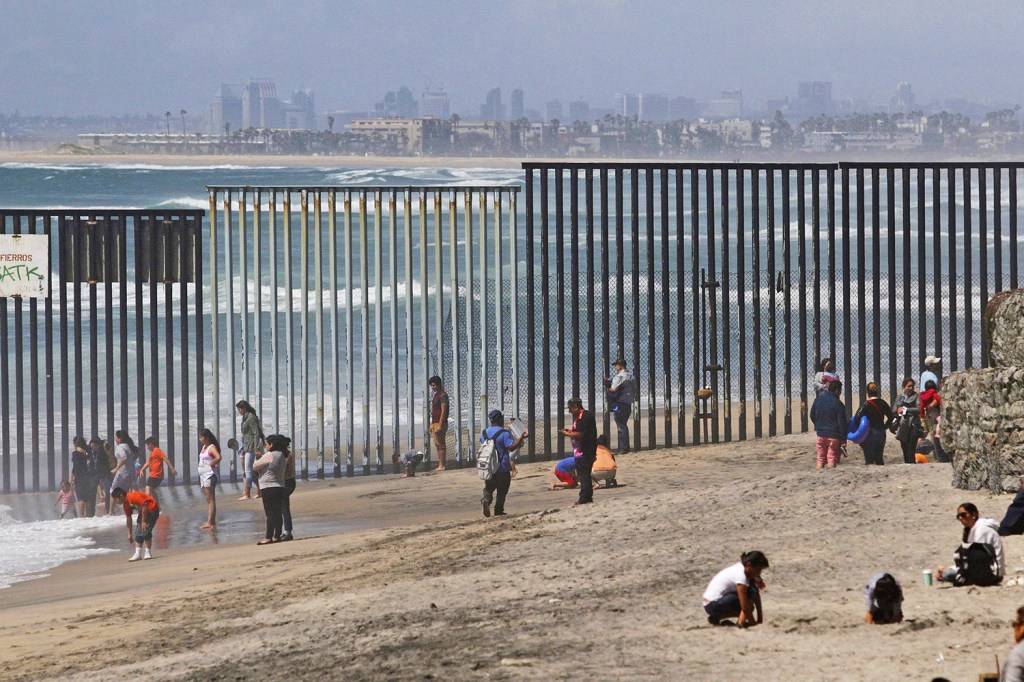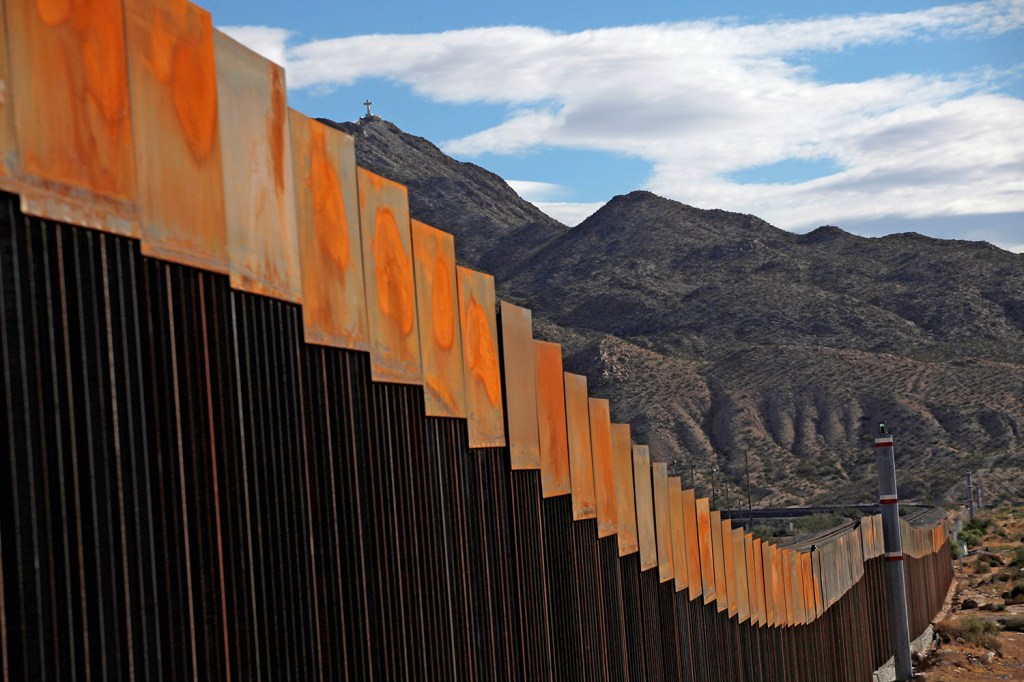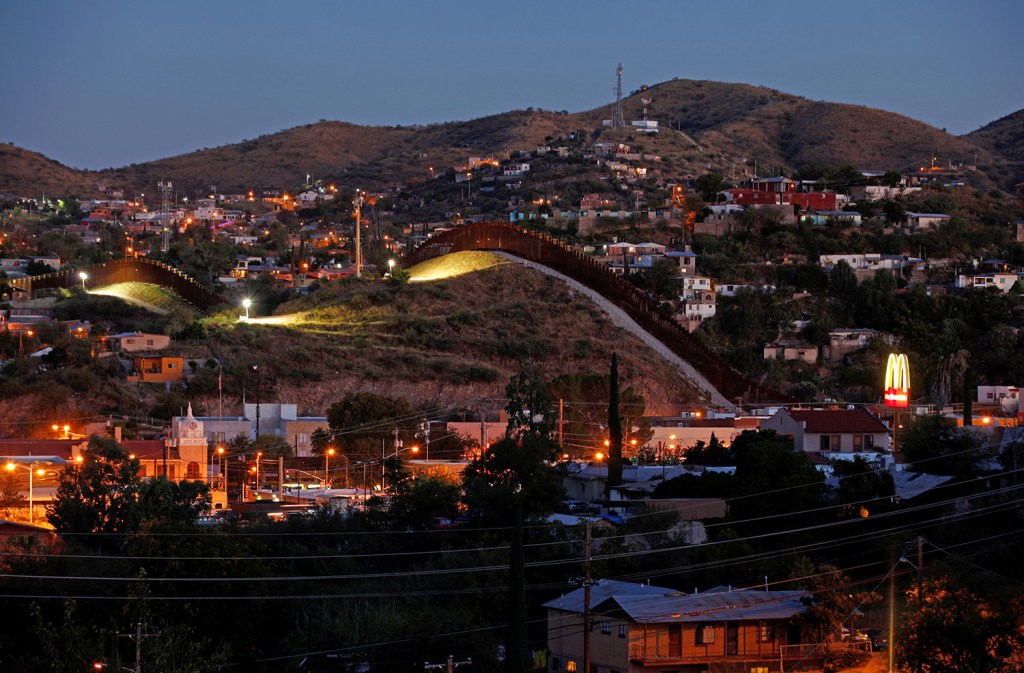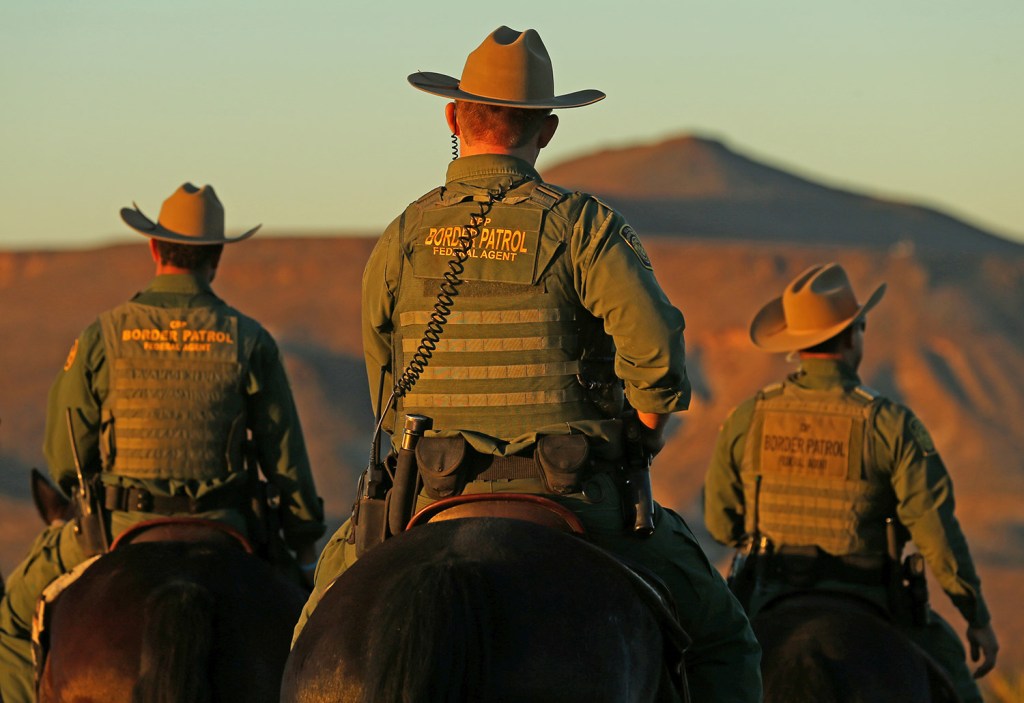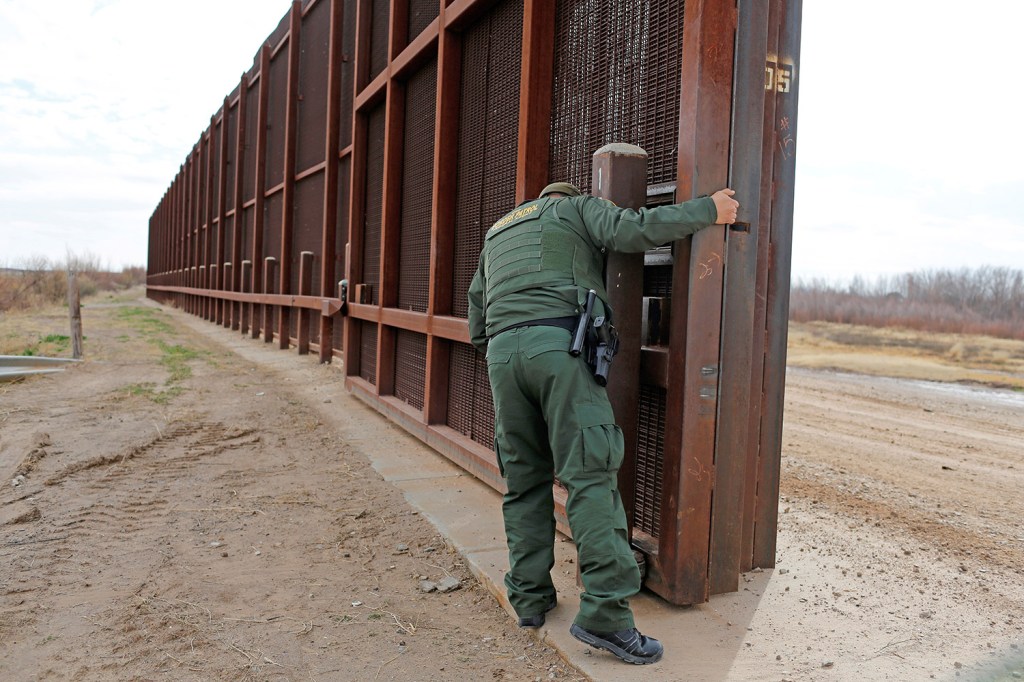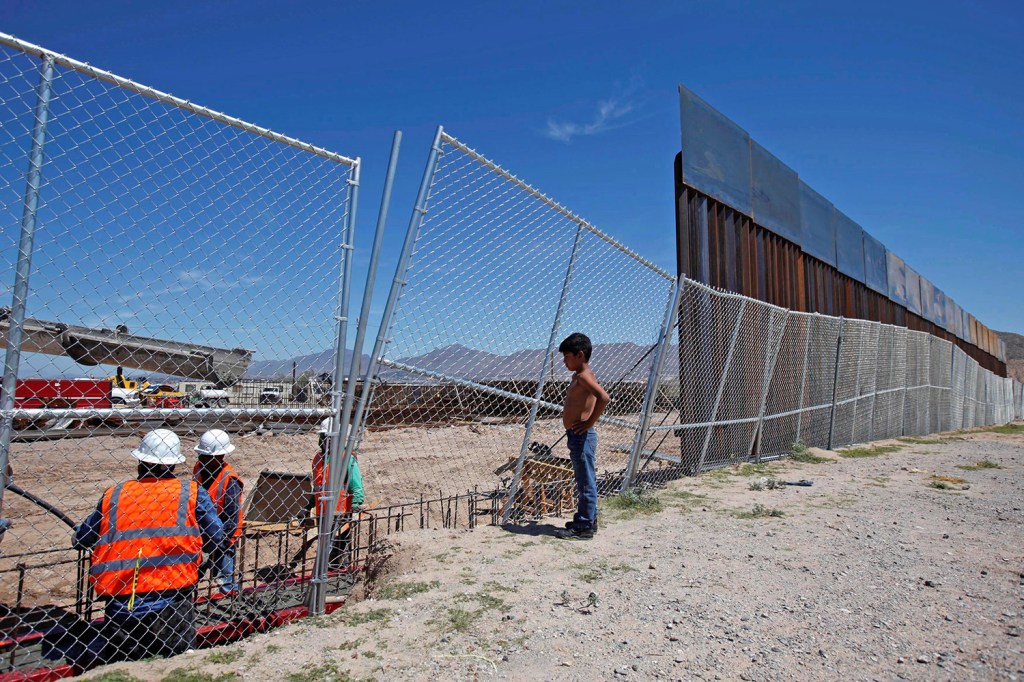To report a multipart visual series on border barriers around the globe, we drove the entire length of the U.S.-Mexico border – from Brownsville, Tex., to San Diego, with crossings into Mexico scattered throughout – talking to locals and experts about President Trump’s promise to build the wall.
Trump’s action to start construction leaves unclear whether the administration will build a wall along the entire border or just in certain areas.
Below are five notable challenges to building the wall that we observed along the journey.
1.
The terrain is very rough in some areas.
The nearly 2,000-mile border features a variety of climates, vegetation and terrain. Most of the current border fence exists west of El Paso, Texas, where the border switches from relatively straight lines to the winding path of the Rio Grande.
On its way to the Gulf of Mexico, the river cuts through the mountains of Big Bend National Park and rests in reservoirs including near Amistad Dam. Both present clear challenges to wall builders.
Byron Hedges, a local who has fished in the Amistad Dam, said he thought the topography would make construction difficult. He said, “If Donald Trump went and flew the whole border, just in Texas, he would realize it’s infeasible. It’s too rough of country.”
2.
Unlike the Western border states, most of Texas is privately owned.
A significant amount of border land in Arizona and New Mexico is owned by the federal government. But most Texas land is privately owned, thanks to its terms of entry into the Union centuries ago.
This difference led to lawsuits between Texans and the federal government during construction of the fencing that exists today.
According to a project on the border barrier by the University of Texas’s law school, the United States sued “hundreds of private property owners to obtain title to their land to allow for construction of segments of the wall on that land.” Resuming barrier construction on private lands will likely invite more lawsuits and logistical challenges.
3.
Most of the border is natural, but a human-made barrier is not.
The southern border of Texas is technically somewhere in the middle of the Rio Grande. The river has changed course in the past, creating boundary disputes between the United States and Mexico.
The existing border fencing in southern Texas often sits far from the river, outside its flood plains – creating wide seams between the fence and the official border.
Some Americans live on the Mexican side of the border fence.
River Bend Resort, a golf course and residence in Brownsville, Texas, sits between a gap in the existing fence. If the wall were completed, based on U.S. regulations, it would bisect the property, according to owner Jeremy Barnard. Roughly 200 residents and 15 of the 18 golf holes would sit south of the border wall.
“What is the government’s plan? Are they going to come and buy out 200 people of their houses?” he said. “There’s so much more to it than ‘let’s just build a wall.’ ”
4.
Surveillance makes the barrier effective.
Security experts say that border barriers are merely obstacles to would-be crossers unless they are watched. Former homeland security secretary Janet Napolitano famously remarked, “You show me a 50-foot wall, and I’ll show you a 51-foot ladder.”
Fencing is just one part of the effort by U.S. Customs and Border Protection to secure the country’s borders. The number of Border Patrol officers has doubled in recent years. Checkpoints strategically line roads along the border. Where no fencing exists, cameras and sensors do.
Efforts to build a “virtual fence” to supplement the physical barrier have proven challenging. SBInet, an initiative to augment border patrol agents with advanced technology, struggled to meet deadlines and faced repeated technical problems before it was terminated in 2011, according to a recent Congressional Research Service report.
5.
Migrants are determined and often have few options.
Increased violence in some Central American countries has pushed migrants and asylum seekers to the U.S. at a breakneck pace. Apprehensions of unaccompanied children from El Salvador, Guatemala and Honduras have doubled in the last three years, according to Border Patrol figures.
UNHCR reported that asylum seekers from those three countries have increased fivefold since 2012.
Ramon Reyes, a Guatemalan migrant in Reynosa, Mexico, recounted tragic stories of war, corruption and murder in his home country. He said he left because of the violence and a lack of jobs.
“Look, my opinion about fences, about those obstacles they’re placing, is that, no. No matter how many barriers they may place, they won’t stop us.”
Send questions/comments to the editors.

